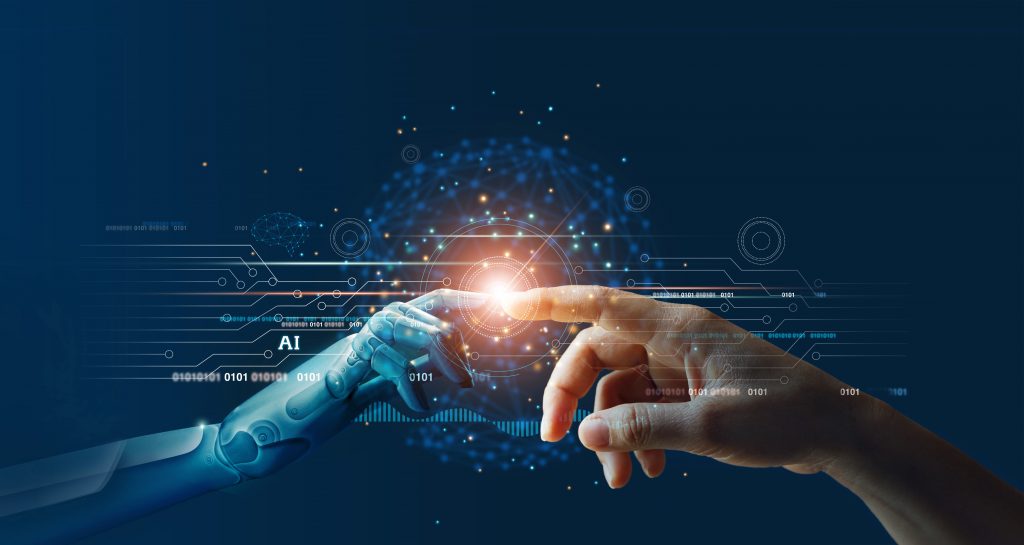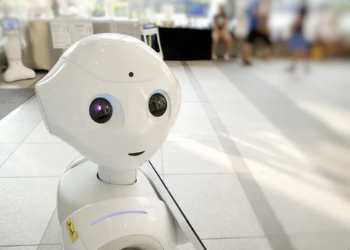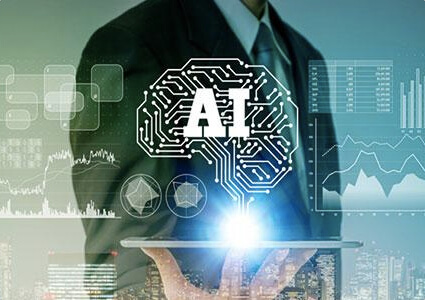Recently, concerns about the use and continued development of artificial intelligence have again increased – questions surrounding ethics, bias, and privacy laws have moved to the center of conversations about AI. As with most technological advances, there are of course pros and cons to the rapid progress that is made in the utilization of applied AI. And while there are many areas that should indeed be scrutinized and diligently evaluated before AI is deployed, some areas are almost no-brainers for the application of AI – because in some instances there are nothing but upsides to having a smart machine assist you with your tedious tasks.
Yes, You Can Predict the Future – With a Little Help from your Friends
One of those areas is the world of workforce management. Particularly service businesses can benefit greatly from the power of AI. While most business owners and managers have some sort of idea how their upcoming customer demand will fluctuate, few truly know and none are fully prepared when things suddenly deviate from past performance. Granted, it is incredibly difficult for a human to predict the future with any level of accuracy. Artificial intelligence, however, CAN predict the future and thereby offer a special kind of assistance to a business that no human can.
It’s hard to imagine how that can actually be, if one is not aware of how artificial intelligence works. So let’s back up a step. Sticking with our example of workforce management, a company providing workforce optimization with applied AI, would gather all your internal data that is truly unique to your business. That includes number of employees, titles of employees and types of different jobs they perform, operating hours, and sales, among others. All that provides a pretty good set of information with which to feed an algorithm. The algorithm will then learn how your business’ customer demand fluctuates over time. While this is certainly better than performing a generic copy & paste exercise from the previous week’s schedule, the accuracy as to future prediction will only be met marginally.
The more sophisticated products, however, add another set of data to their algorithms: external data. This is where prediction accuracy truly takes off. When your own, proprietary data is combined with external data like weather and economic factors, the algorithm is able to generate a prediction model that is truly reflective of your businesses’ circumstances – inside and out. And what’s more, over time, managers can teach the algorithm to do an even better job. While manager input is commonly not required, the highly developed software programs encourage human input and adjustment, because this is what allows the algorithm to pick up subtle nuances that are not readily apparent through data, but instead come with human experiences and intuition. This is also a reason why managers must not be afraid to employ the help of AI; the aim is not to replace the job of managers with artificial intelligence, but to support managers and make them – and their businesses – more successful.
Of course it is always a bit unsettling when one doesn’t know what to expect or how to utilize novelties, particularly advancements in technology, which often entail concepts that can be elusive and difficult to grasp. By keeping managers informed and educated about the intention of these new inventions and supporting them in mastering their use, we are empowering managers to make better decisions for not only the business, but also for its employees.
AND: Employees and Customers also Benefit!
Because not only are business owners and managers able to rely on accurate demand forecasts when employing AI-based workforce software, but they are also able to offer more balanced schedules for their employees. The stresses on a workforce of unexpected over- or understaffing often have a direct impact on employee morale. Unfortunately, those effects are often overlooked. By using software that includes accurate demand prediction, it is much easier for managers to take each employee’s time and scheduling preferences into consideration – and stick to it without sudden surprises.
What’s more, truly advanced workforce management software products actually employ skill-based scheduling! That means that the algorithm is able to tell which skill set will be required at which time. This is particularly helpful for businesses like automotive repair shops or contact centers with different areas of specialization. So not only can artificial intelligence enable a business to have the right number of employees on schedule, but also to have employees with the right skill set on schedule!
It is probably safe to say that there is no longer an excuse to operate with “guesstimates” of future workload. Aside from the obvious benefit of your business being better prepared for your fluctuating customer traffic, your employees will thank you for fostering a less stressful and more balanced work environment – and your customers will thank you, too.
Author: Daniela Kister
Daniela is responsible for marketing and design at Weave Workforce, a workforce optimization company, providing AI-based forecasting and scheduling to match the fluctuating demand of service-oriented businesses. Having worked in automotive, consumer goods, education, healthcare, and not-for-profit management on three different continents, Daniela is passionate about time management and its benefits on business revenue and work-life balance.



